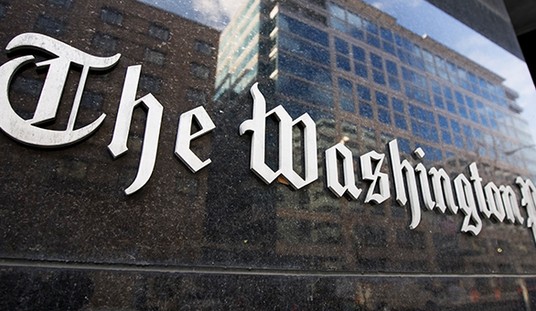The Federal Reserve will likely raise interest rates later this year, and foreign central bank policies may compel it to sell off Treasury and mortgage-backed securities—reversing Quantitative Easing.
Historically, the Fed raises interest rates on Treasury securities and corporate and personal borrowing by pushing up the federal funds rate—the overnight rate banks pay for ready cash.
Longer rates are generally higher than short rates and reflect expectations about future inflation and economic growth. If the Fed acts soon enough—anticipating inflation and growth—it can push up long rates rates by raising the fed funds rate.
For several years now, borrowers have enjoyed low rates across the whole range of maturities, and this has distorted asset markets and economic growth—encouraged excessive investment and borrowing in some activities at the expense of others.
For example, banks specialize in borrowing short (issuing CDs) and lending long (financing corporate debt and mortgages), and currently the spread between the 5 year CD rates and 15 year mortgages is about 1.65 percent. Bankers need wider spreads on loans—up to 3 percentage points—to cover risks and earn a return on capital. Narrow spreads encourage more reliance on bank fees and riskier activities like speculation in commodity and foreign exchange markets.
Recommended
Cheap mortgages financed by Fannie Mae and other government lenders have fueled strong property appreciation in more fashionable neighborhoods of New York and other urban locales, even as half the homeowners in Atlanta and elsewhere remain underwater.
Agricultural land values are similarly inflated. Cheap rates on high grade corporate bonds have inspired some firms to buy back stock with borrowed money, increasing their vulnerability during the next recession, and encouraged ordinary investors to purchase riskier junk bonds to obtain decent yields.
When the Fed permits interests rates to rise in line with historic norms across the entire range of maturities—across the “yield curve” in the parlance of finance—current prices for some stocks, penthouses and crop land may prove unsustainable, and lots of companies with poor business models will follow Radio Shack into bankruptcy.
The longer long rates are suppressed, the tougher it will be to get banks fully back into the mortgage lending business and lessen reliance on federally owned Fannie and Freddie. And the greater will be the pain for property owners and savers who foolishly bought bonds issued by weak companies.
In 1994-1995, both Fed policymakers and bond investors were fearful that surging commodity prices would push up inflation, and the whole range of interest rates moved up when Chairman Greenspan quickly increased the fed funds rate.
Whereas in 2004-2006, the Fed signaled less urgency, and medium and longer-term interest rates did not rise as much when Chairman Bernanke pushed up the fed funds rate. Foreign governments—in particular, China—were buying Treasuries to suppress the dollar exchange rates for their currencies.
This time around, Chairwoman Yellen is expressing quite sanguine views about inflation, and the European Central Bank and its counterparts in Japan and China are printing money at a furious pace, pushing nominal rates below zero in many places. The latter encourages foreign investors to buy Treasuries and will likely keep long rates down as the Fed raises the federal funds.
As a legacy of Quantitative Easing, the Fed holds $2.3 trillion in Treasury and mortgage backed securities with maturities of at least 10 years that it can gradually sell back to the public. To push up long rates along with the fed funds rate, it may have to take that unprecedented action.
Modern economics offers no justification for limiting fed policies to manipulating short term interest rates, and monetary policy would be far more effective if Yellen undertook such a policy of Quantitative Tightening.
Quantitative Tightening is made necessary by the globalization of financial markets and foreign central banks printing so much money.


